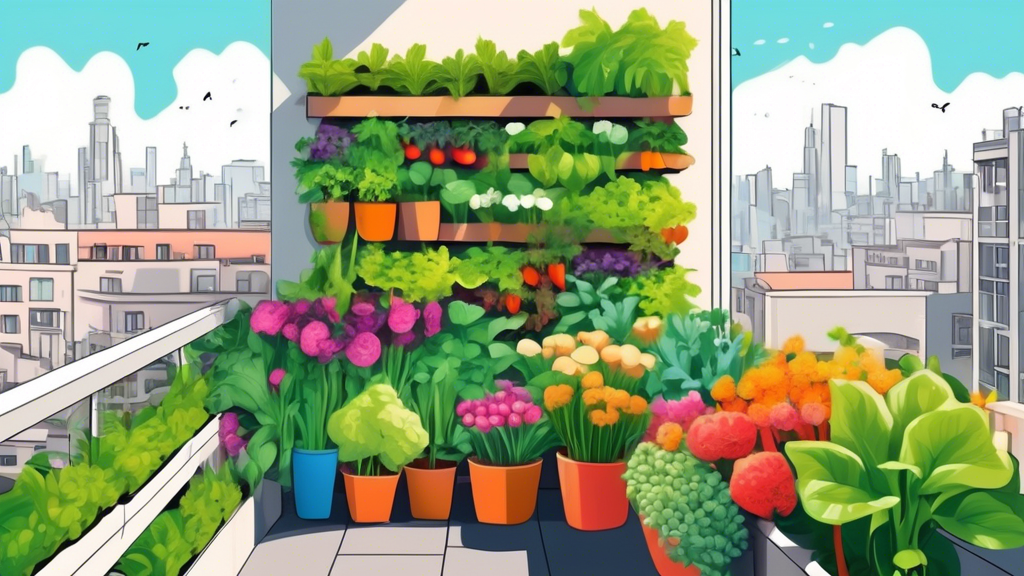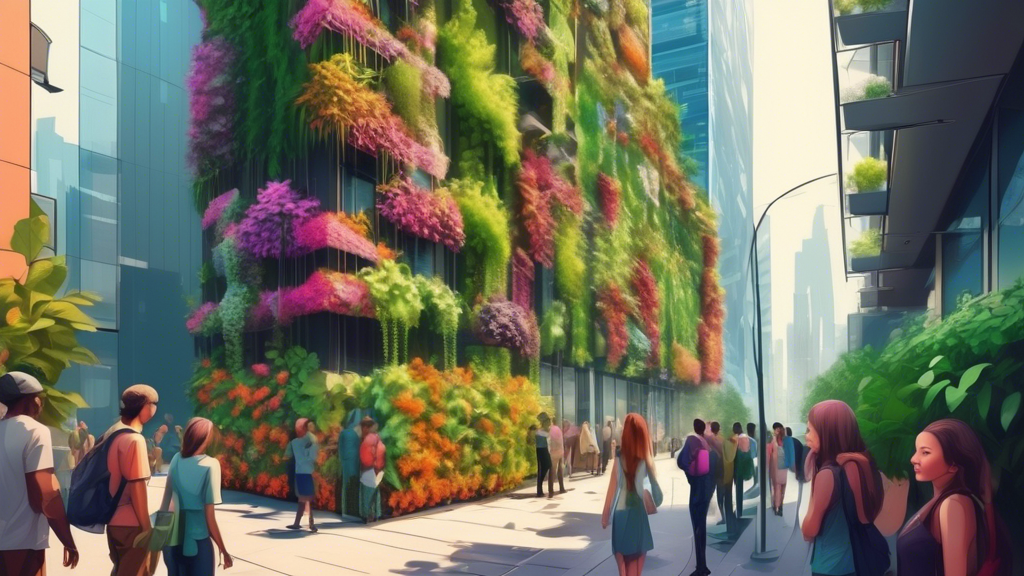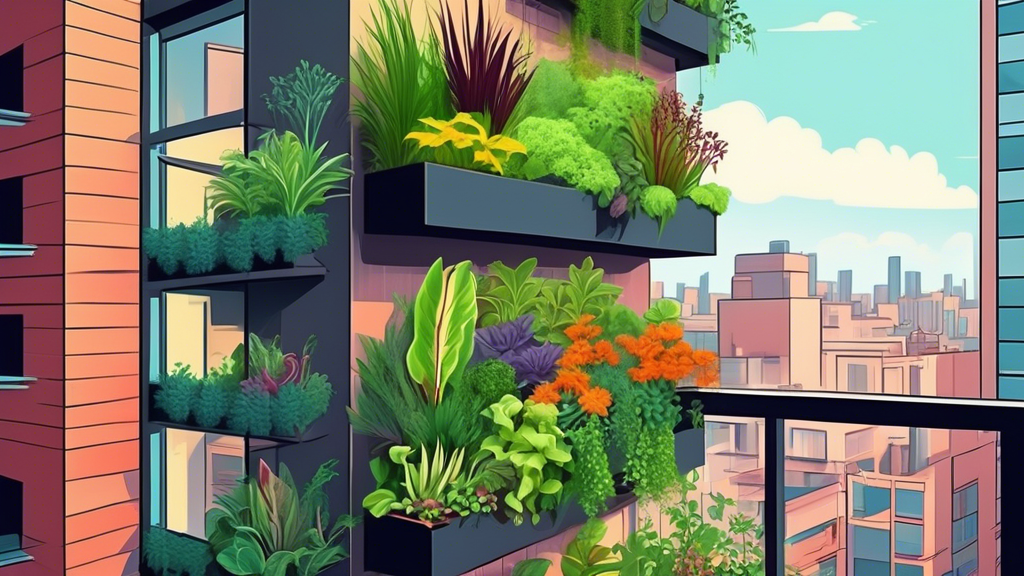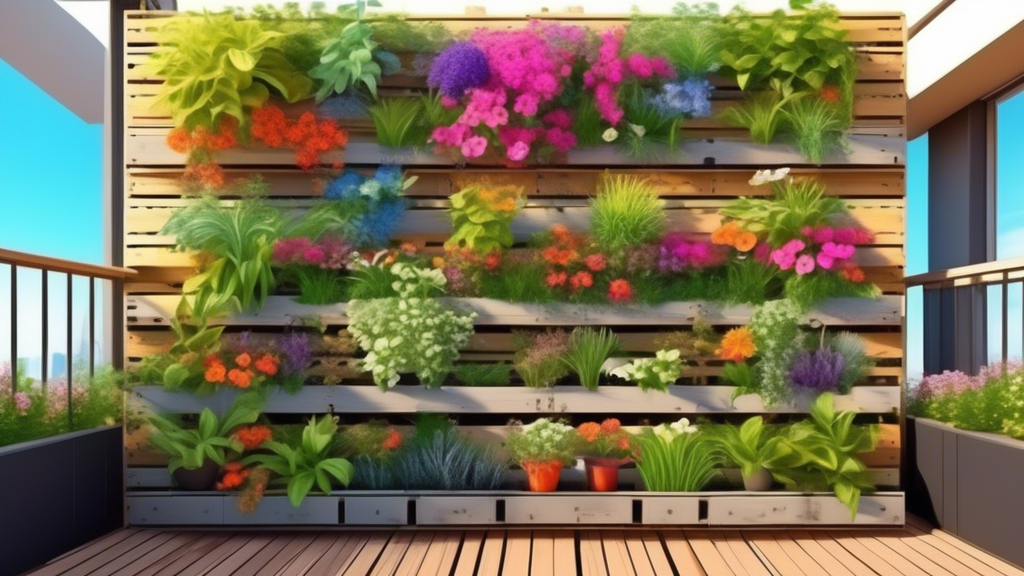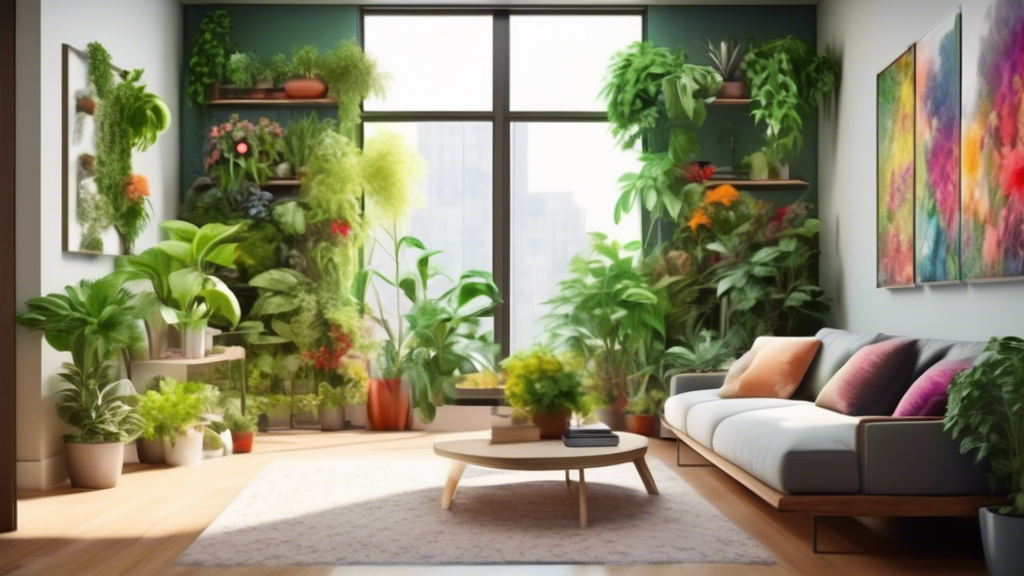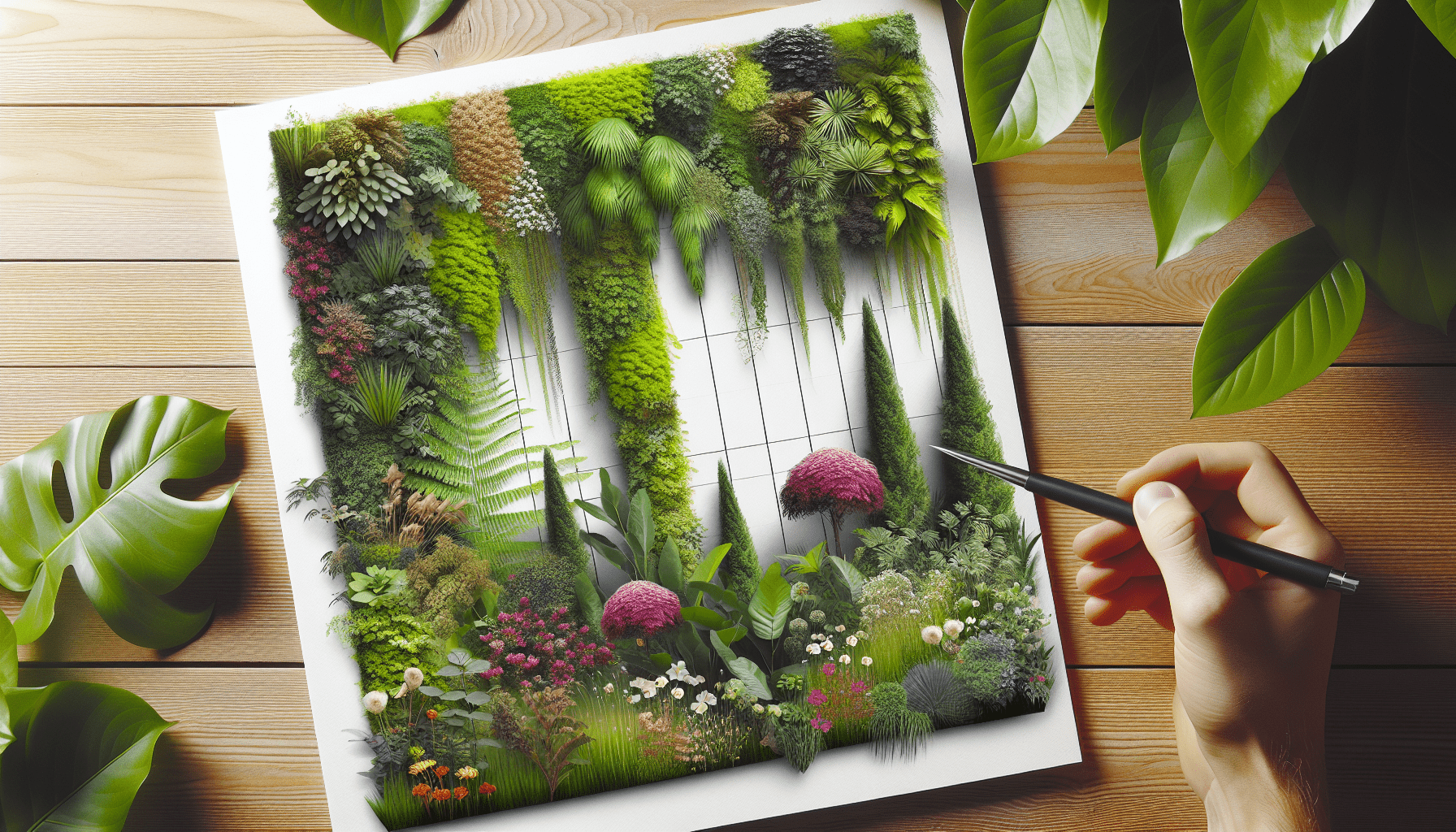
Why You Should Discover the Beauty of Vertical Gardens
Transforming Small Spaces into Green Sanctuaries
For those living in apartments and urban homes with limited yard or floor space, vertical gardens offer a brilliant solution. They utilize unused vertical real estate, turning blank walls into lush, living features. A unique psychological benefit is that a vertical garden can make a small room feel larger by drawing the eye upward and creating an illusion of depth.
Breathe Easier with Improved Air Quality
Concerned about stale indoor air and pollutants? Vertical gardens act as natural air filters. While many plants help, certain species are particularly effective at scrubbing the air. English Ivy and Spider Plants are champions at removing volatile organic compounds (VOCs) like formaldehyde and benzene, turning your wall into a functional purification system.
A Living Piece of Art for Your Home or Office
Tired of bland, uninspiring walls? A vertical garden is a dynamic, evolving piece of natural art. Beyond aesthetics, it provides “phytoesthetic” value—a documented psychological benefit from being surrounded by living things that can boost creativity, improve focus, and significantly reduce stress levels.
Boost Your Curb Appeal and Property Value
A plain or unattractive exterior facade can be instantly transformed with a vertical garden, dramatically boosting curb appeal. A lesser-known advantage is its insulating property. A well-maintained vertical garden can act as a buffer against extreme temperatures, potentially reducing your heating and cooling costs throughout the year.
Getting Started: Choosing Your Vertical Garden System
Living Wall vs. Green Facade: What’s the Difference?
It’s crucial to understand the two main types of vertical gardens. A “Living Wall” (or bio-wall) has plants growing directly on the structure, often using soil, felt pockets, or modular panels. A “Green Facade” uses climbing plants that grow up a structure, like a trellis or mesh. Living walls offer more immediate impact and design flexibility for complex patterns.
| Feature | Living Wall | Green Facade |
|---|---|---|
| Planting Medium | Soil, felt, hydroponics | Ground soil or planter boxes |
| Installation Complexity | Moderate to High | Low to Moderate |
| Design Flexibility | High (can create patterns, use diverse plants) | Lower (relies on climbing/vining plants) |
| Time to Full Coverage | Immediate | Requires time for plants to grow in |
DIY-Friendly Options for the Hands-On Gardener
- Pallet Gardens: An affordable and popular choice. Ensure you use a pallet marked “HT” (heat-treated) for safety.
- Hanging Pocket Planters: Fabric panels with pockets are perfect for herbs and small flowers.
- Wall-Mounted Trellis Systems: Ideal for creating a green facade with climbing plants like jasmine or clematis.
Professional Systems for a Seamless Look
- Modular Panel Systems: Interlocking panels made of plastic or metal that can be filled with soil or a growing medium.
- Hydroponic (Soil-Free) Living Walls: These advanced systems use a nutrient-rich water solution, often leading to faster plant growth and less mess.
Designing Your Vertical Masterpiece
Selecting the Perfect Plants
Your plant choice depends heavily on light exposure. For sun-drenched walls, consider drought-tolerant succulents like Sedum or Echeveria, and herbs like Thyme and Oregano. For shady spots, ferns, Philodendrons, and Pothos are excellent. A pro tip is to create a “tapestry” effect by focusing on plants with contrasting leaf textures and colors, not just flowers. Don’t forget edible plants—strawberries, leafy greens, and certain dwarf tomatoes can make your wall both beautiful and functional.
The Secret to a Thriving Vertical Garden: Irrigation
Watering a wall can seem daunting, and the fear of over or under-watering is common. The key to success is a reliable irrigation system. A unique insight is that a drip irrigation system with a timer isn’t a luxury for a large vertical garden; it’s a necessity. It ensures even water distribution to every plant, prevents water waste, and is the single best thing you can do for long-term plant health.
Incorporating Lighting and Other Features
To truly showcase your garden, consider integrating low-voltage LED spotlights to highlight its texture and form at night. You can also get creative by incorporating shelving, mirrors, or other art pieces within the framework of the green wall for a truly customized look.
Overcoming Common Vertical Garden Challenges
Managing Weight and Structural Integrity
The concern about a heavy, waterlogged garden damaging a wall is valid. The solution lies in proper planning. Use lightweight growing mediums like a special soil mix or coco coir, and for any substantial installation, ensure the structure is securely anchored into wall studs or a dedicated support frame.
Preventing Pests and Disease
Worried about bugs and mold on a hard-to-reach wall? Prevention is key. Ensure good air circulation around the plants, avoid overwatering, and encourage beneficial insects. For treatment, neem oil is an effective, natural option that can be sprayed onto the foliage.
Simplifying Maintenance and Upkeep
The perception of high maintenance can be a barrier. You can simplify upkeep by selecting naturally low-maintenance plants, installing an automatic irrigation system, and scheduling brief, seasonal “check-ups” for pruning, fertilizing, and inspecting the irrigation lines.
Frequently Asked Questions About Vertical Gardens
Are vertical gardens expensive to install?
Costs can vary dramatically. A simple DIY project using a pallet or pocket planter can be very affordable. On the other end, a large, custom-designed, professionally installed system with integrated irrigation can be a significant investment. The best approach is to start with a small, manageable project.
What is the best location for a vertical garden?
The ideal location is dictated by the plants you choose. Most edible plants and flowering varieties need several hours of direct sunlight. For indoor and many foliage-focused walls, bright, indirect light is often perfect to prevent leaf scorching. For outdoor gardens, also consider exposure to wind and heavy rain.
Can I grow vegetables in a vertical garden?
Absolutely! Vertical gardening is fantastic for edibles. Lettuce, spinach, herbs (basil, mint, cilantro), cherry tomatoes, and strawberries are all excellent choices that thrive in vertical systems.
How do I water a vertical garden without making a mess?
A drip irrigation system is the cleanest and most efficient method, as it delivers water directly to the root zone. For smaller, DIY gardens without irrigation, you can water carefully at the top of the structure and allow water to trickle down, or temporarily take down smaller, modular planters to water them in a sink.
